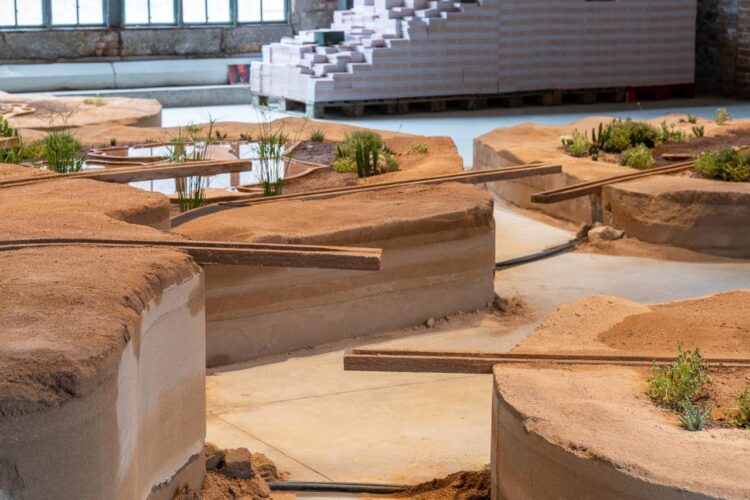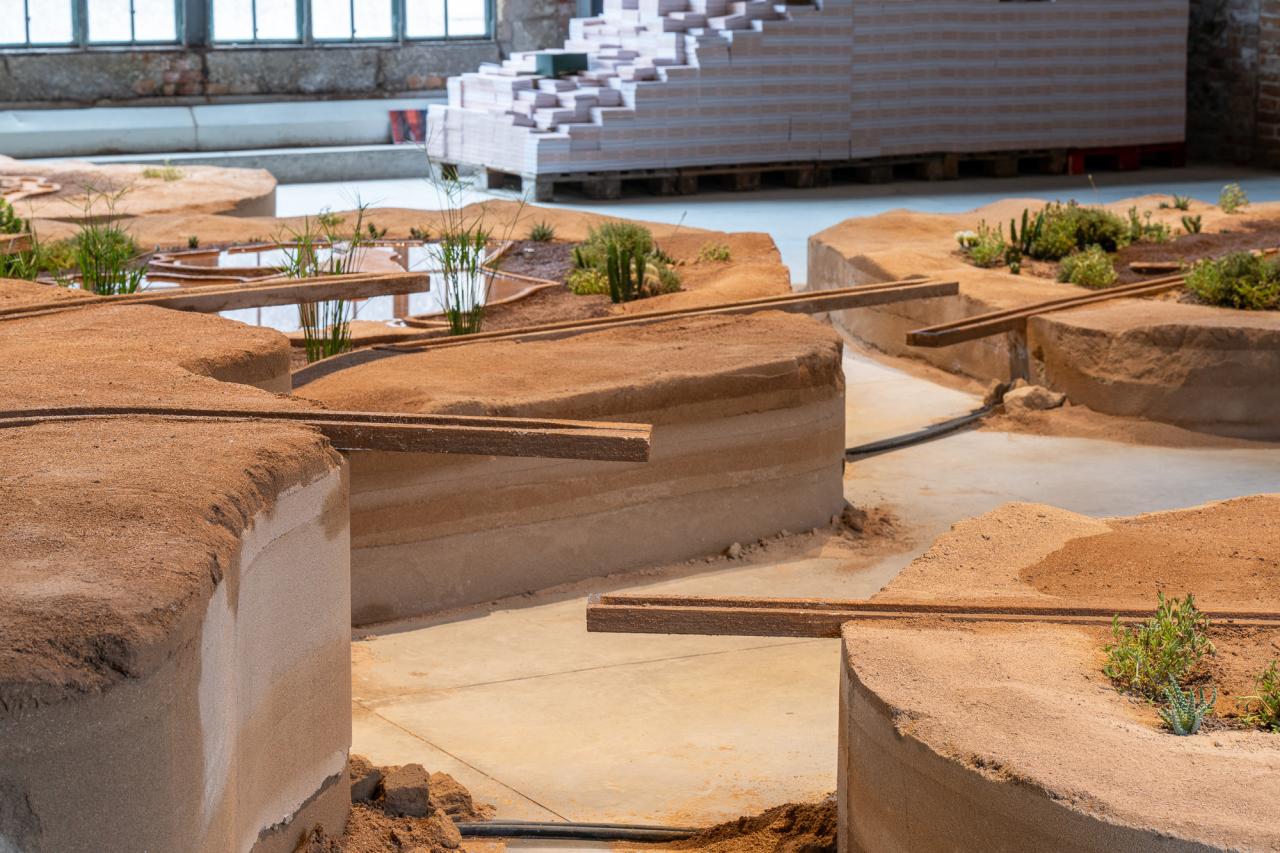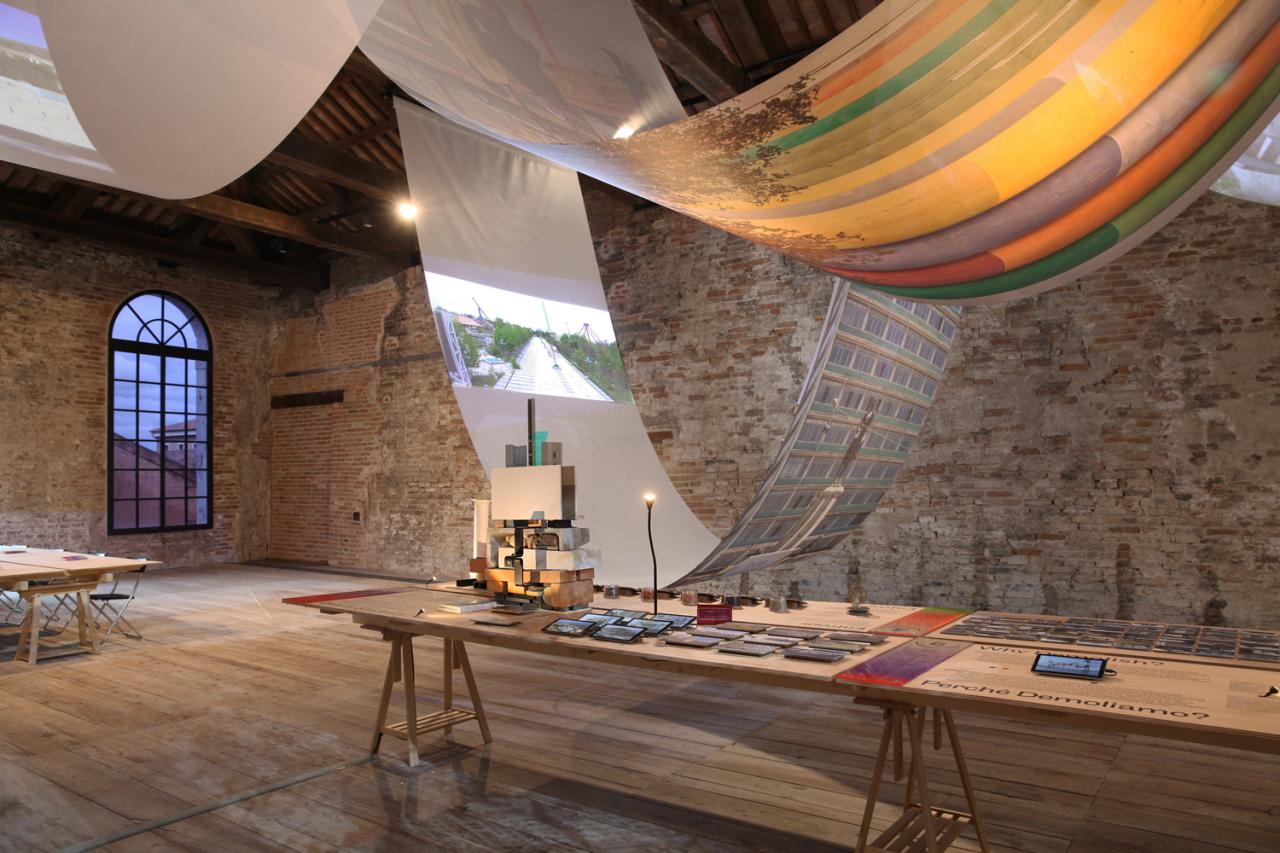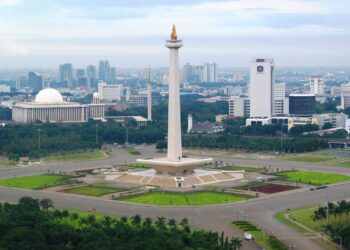The 2025 Venice Biennale stands as a pivotal moment in the intersection of art, architecture, and societal reflection. Under the curatorship of Carlo Ratti, this year’s exhibition, titled Intelligens: Natural. Artificial. Collective., delves deep into the theme of adaptation in the face of escalating global challenges.
Introduction
As the world grapples with the irreversible impacts of climate change, the 2025 Venice Biennale emerges as a beacon, urging a collective reimagining of our built environments and societal structures. Moving beyond mere mitigation, the exhibition emphasizes the necessity for adaptation, integrating diverse intelligences—natural, artificial, and collective—to navigate an altered world.
Curatorial Vision: Intelligens
Carlo Ratti’s curatorial approach is rooted in the belief that architecture must transcend traditional boundaries, embracing interdisciplinary collaborations to address contemporary crises. The term Intelligens, derived from Latin, encapsulates this ethos, highlighting the convergence of varied forms of intelligence in shaping our future.
A. Interdisciplinary Collaboration
The exhibition brings together over 750 participants, including:
-
Architects and engineers
-
Climate scientists and philosophers
-
Artists and writers
-
Chefs and coders
-
Farmers and fashion designers
This diverse assembly underscores the importance of holistic approaches in addressing global challenges.
B. Adaptive Architecture
Ratti emphasizes that architecture must evolve to become as dynamic as the world it inhabits. This involves rethinking design principles to prioritize flexibility, resilience, and inclusivity. The exhibition showcases projects that exemplify these qualities, offering blueprints for a sustainable future.
Highlights from the Biennale
A. Grace Farms Foundation: Ethical Construction
The Grace Farms Foundation presents “Design for Freedom,” an initiative aimed at eradicating forced and child labor from the building materials supply chain. Their exhibit sheds light on unethical labor practices in the global construction industry and advocates for ethical sourcing through supply chain tracing.
In the Belgian pavilion, landscape architect Bas Smets introduces a miniature forest designed to cool urban environments. This installation demonstrates how integrating natural elements into urban planning can mitigate the effects of climate change.
C. Romanian Pavilion: Historical Reflections
The Romanian pavilion features historic drawings by Vlad Nancă, offering a visual narrative that bridges past architectural practices with contemporary challenges. This juxtaposition prompts viewers to consider the evolution of architectural thought in response to societal needs.
D. Chilean Exploration: Water Use in the AI Era
Chile’s pavilion delves into the complexities of water usage in the age of artificial intelligence. The exhibit explores how technological advancements can both aid and complicate sustainable water management.
Theatre and Performance: Willem Dafoe’s Return
Renowned actor Willem Dafoe returns to his theatrical roots as the artistic director of the Venice Biennale’s international theatre festival. His curated program, titled “Theatre is Body. Body is Poetry,” emphasizes avant-garde and experimental work, reflecting his lifelong commitment to non-commercial, boundary-pushing theatre.
Art Biennale 2024: Foreigners Everywhere
The 60th Venice Art Biennale, curated by Adriano Pedrosa, centers around the theme “Foreigners Everywhere,” exploring issues of migration, identity, and belonging. The exhibition features works from artists across the globe, emphasizing the universality of displacement and the human desire for connection.
A. Indigenous Perspectives
Artists from indigenous communities, such as the Brazilian Amazon group MAHKU, present works that highlight the intersection of cultural heritage and contemporary challenges. Their installations serve as poignant reminders of the resilience and wisdom inherent in indigenous traditions.
B. Environmental Installations
The Japanese Pavilion features Yuko Mohri’s installation, “Moré Moré (leaky),” which uses everyday objects to simulate water leaks, symbolizing Venice’s own battle against climate change and rising sea levels. This creative approach underscores the potential of art to inspire innovative solutions to environmental issues.
Conclusion
The 2025 Venice Biennale stands as a testament to the power of collective intelligence and interdisciplinary collaboration in addressing the pressing challenges of our time. Through its diverse array of exhibits and performances, the Biennale invites us to envision a future where adaptation is not just a necessity but an opportunity for growth and innovation.









